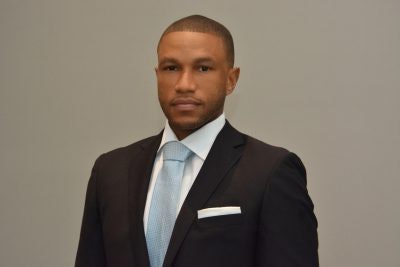To say that education and learning has been significantly disrupted by the COVID-19 pandemic would be an understatement. Students have had to adjust to a new form of being educated while instructors were learning new methods on the fly. It was a patchwork process at best, but it caused a reexamination of existing practices.
Strategies to engage students coming out of the COVID-19 pandemic will need to be updated from those that were employed prior to the pandemic. The World has shifted and all who are involved in the educational space will need to shift also. The virtual learning environment has been advantageous for a highly motivated set of students who have been able to thrive over the past year, but very detrimental to other students who have become disillusioned with their classes and academic work.
This has been the case in both in secondary and post-secondary educational settings. While some students have had a maintained an elevated level of focus, others have been taken off track by distractions like video games, social media, and the bed while learning at home. There are students who found any excuse to not turn their screen on during Zoom or Microsoft Teams course sessions, enabling them to be counted as present on the class roll but absent in the learning experience.
The problem of student disengagement and disinterest in coursework is one that may have significant ramifications well into the future. The need for intentional efforts to reengage students in the learning process is more important now than any other time in the recent past because of the well documented anticipated learning losses.
 Dr. Marcus Bright
Dr. Marcus BrightOne way to help students reengage is to emphasize their value. The value that a person puts on themselves dictates a great deal of their decision making. If their sense of self-worth and value is high, then they are more likely to be motivated to apply themselves to their studies and maximize their academic potential. Self-esteem is not something that should be neglected or taken for granted because it ties right into a student’s belief that they can do the work.
If one doesn’t believe that they can do it then they may not even try. Some students don’t engage in their studies in a meaningful way because they have convinced themselves that they won’t be successful. There is a belief gap that is preventing progress. Disengagement may be a way of avoiding what they feel will be obvious failure. This is something that can be difficult to turn around, but it can be contended against with consistent encouragement and the highlighting of the valuable attributes that students do possess. Self-esteem and self-value are something that needs to be intentionally cultivated and supported. They are foundational building blocks to greater achievement.
Additionally, supporters can emphasize the relevance of their day-to-day coursework. People don’t like to be engaged in exercises of futility for a sustained period. There is a need to draw clear and direct lines to how coursework applies to the “real world”. The practice of applying the lesson to life is critical for students who are disengaged and may not see the point of being in a particular class outside of just getting a grade.
Effective instructors can draw direct lines that illuminate clearly how today’s activities can connect to tomorrow’s possibilities. Taking the time to outline the knowledge, skills, and abilities that will be required to build a bridge from the activity to an economically viable skillset is time well spent. It can certainly be a challenge to convey that what students do now is important for their future in the years to come. It can be hard to make that connection. It’s easy to become a prisoner of the moment. A video game can seemingly have more relevance in the moment than an academic class.
Intervening on a consistent basis with different ways that coursework is relevant to students’ future and careers is critical to reengage students who may be disconnected from applying themselves to their studies. This is a time to put additional focus on being more purposeful with pedagogy and curriculum. Helping students find a longer-term purpose for their daily coursework is likely to increase attendance, engagement, and performance in scholastic endeavors.
Creating pathways that are connected to student passions and strengths is another way to increase student engagement. These core elements can be coupled with the development of complementary skillsets that can build the needed momentum to push students to new levels. Instructors can facilitate the exploration of different opportunities with students that are connected to each of their passions. Their passions should become connection hubs for supporters to plug different opportunities and experiences into.
After the connections and correlations are made plain, students can receive guidance on what additional efforts they can make on their own and the appropriate times to make intentional links with resources to help them along their journey. Finding ways to systematically unleash the possibilities that are connected to the activities that students already enjoy has the potential to transform dropout rates and significantly reduce the number of disengaged students.
Dr. Marcus Bright is a scholar and educational administrator.



















